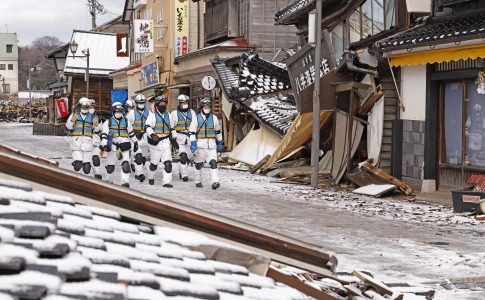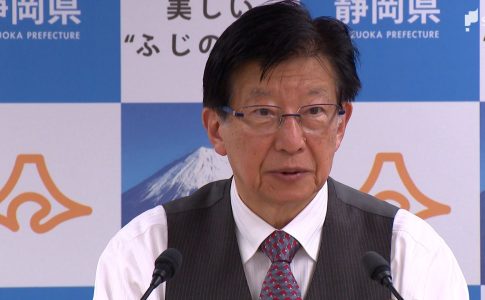Japan’s Noto Peninsula Earthquake: A Reflection on Government Response and Challenges
The Noto Peninsula earthquake that struck the Noto region on New Year’s Day recorded a maximum seismic intensity of 7, causing extensive human and material damage. The following day, a tragic accident occurred on the runway of Haneda Airport, where a Japan Coast Guard aircraft carrying relief supplies for the disaster-struck area collided with a Japan Airlines plane, resulting in the death of five coast guard personnel. Amidst a turbulent start to the year, Prime Minister Fumio Kishida’s inadequate disaster response has rapidly drawn increasing criticism. The Political Landscape and Kishida’s Response Some LDP (Liberal Democratic Party) insiders suggested that the Noto Peninsula earthquake presented an opportunity for the Kishida...



